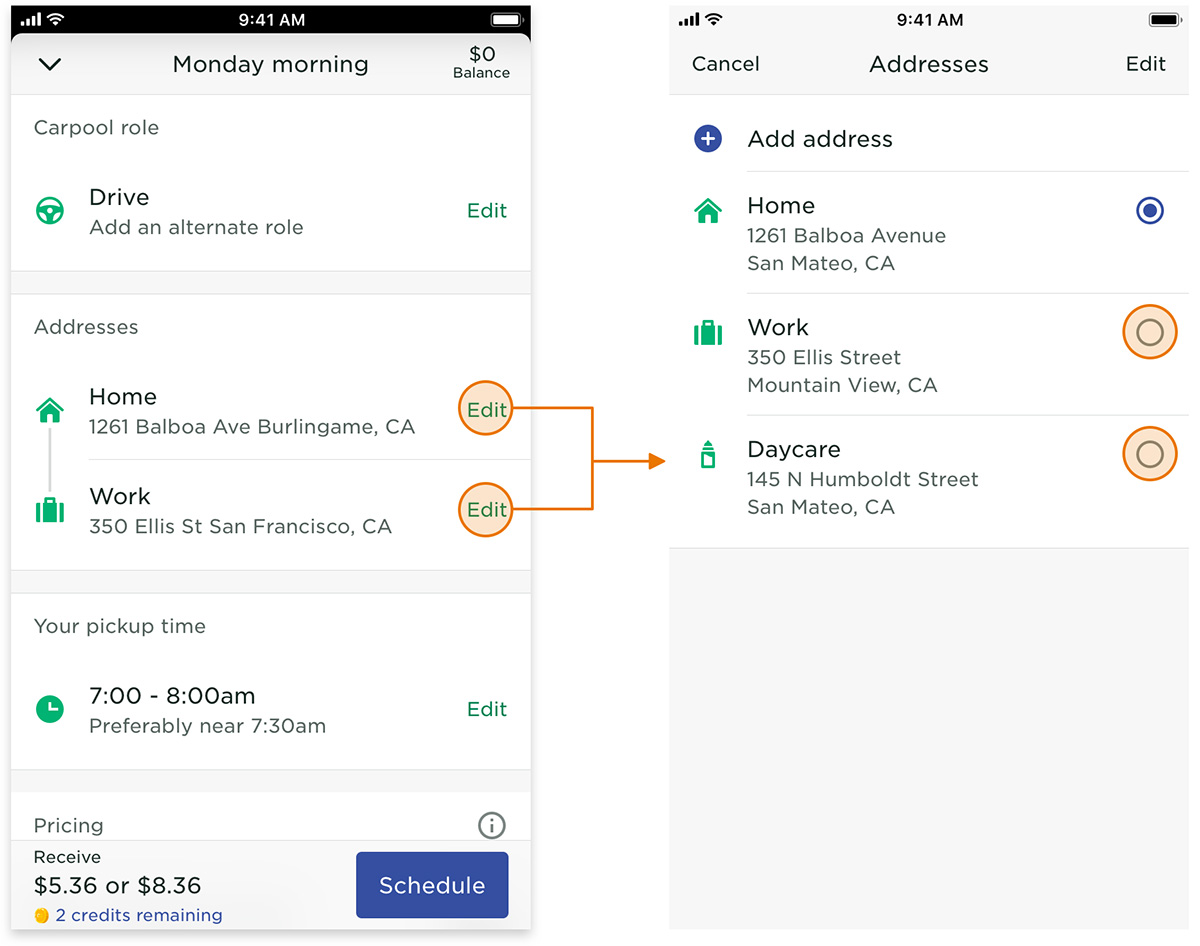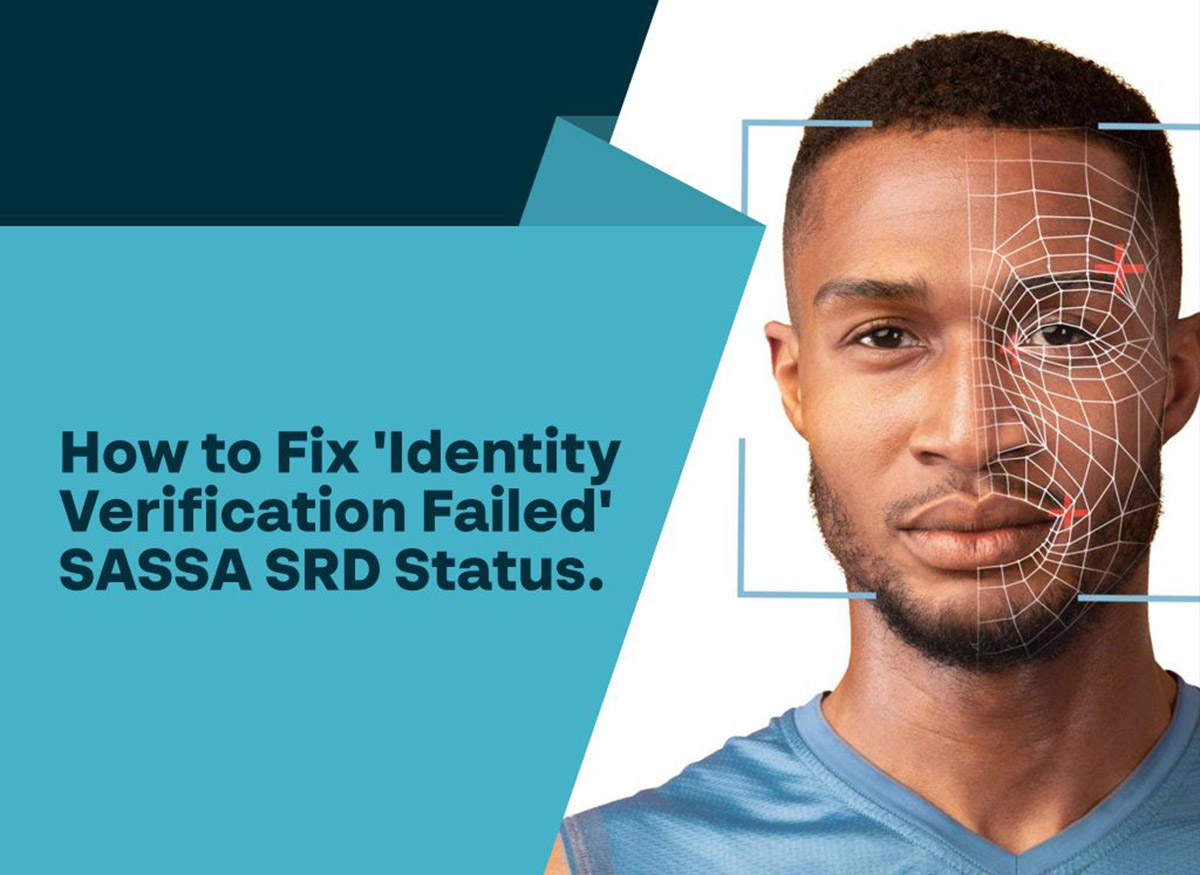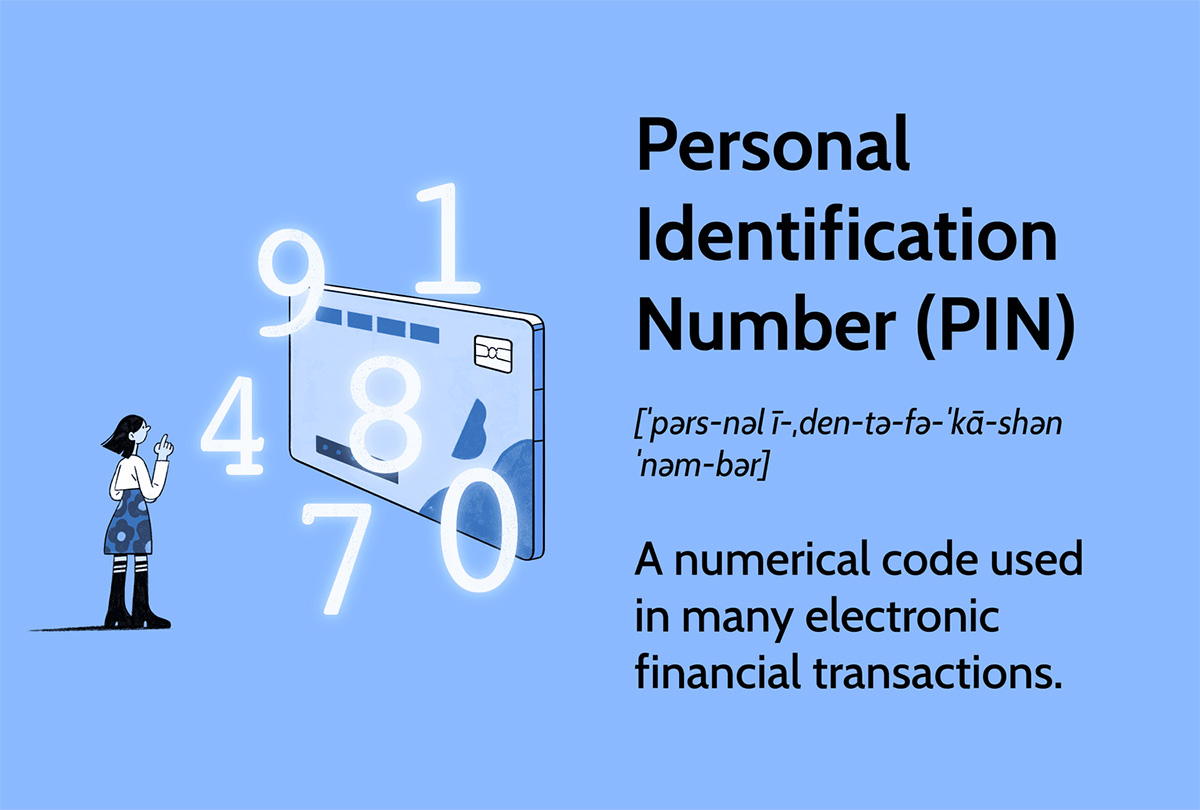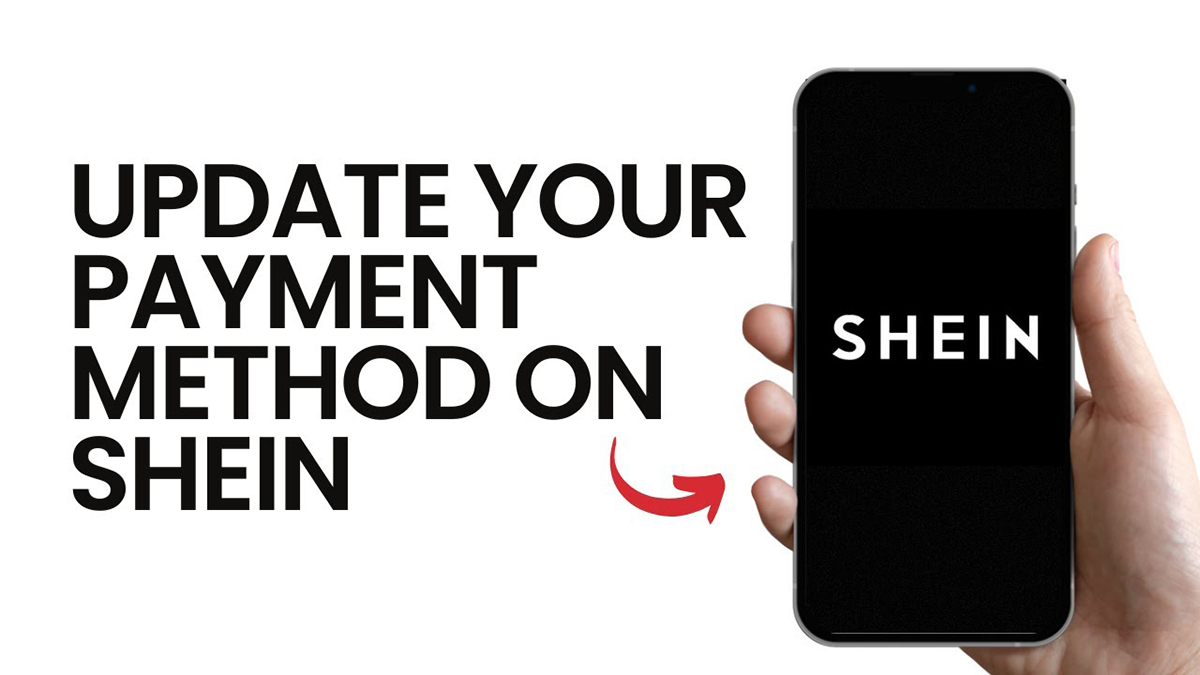

Finance
How Do I Change My Banking Details
Published: October 12, 2023
Learn how to change your banking details easily and securely. Manage your finance with our step-by-step guide and ensure your information is up to date.
(Many of the links in this article redirect to a specific reviewed product. Your purchase of these products through affiliate links helps to generate commission for LiveWell, at no extra cost. Learn more)
Table of Contents
Introduction
Changing your banking details may seem like a daunting task, but it is a necessary step to ensure the accuracy and security of your financial transactions. Whether you have switched banks, changed your address, or simply want to update your contact information, it is important to know the proper steps to take. In this article, we will guide you through the process of changing your banking details and provide helpful tips to make the transition as smooth as possible.
Updating your banking details is crucial for various reasons. First and foremost, it ensures that your financial information is up to date and accurately reflects your current circumstances. This is especially important if you have recently moved, as your new address will be required for important correspondence from your bank. Additionally, if your contact information is outdated, you may miss out on important notifications or alerts regarding your account activity.
Moreover, changing your banking details can help protect you from fraudulent activities. By regularly updating your information, you minimize the risk of unauthorized access to your account and ensure that all communications and transactions are secure. In an era of increasing cyber threats, staying vigilant and proactive in safeguarding your financial information is paramount.
Now that we understand the importance of updating your banking details, let’s delve into the steps you need to follow to make the necessary changes. While the exact process may vary depending on your bank and the type of changes you need to make, the general framework remains consistent. In the next section, we will discuss the key steps involved in changing your banking details and provide insights on how to navigate through the process seamlessly.
Why Change Banking Details
There are several reasons why you might need to change your banking details. Here are some common scenarios where a change in banking details may be necessary:
- Change of address: If you have recently moved to a new location, it is essential to update your banking details to ensure that your bank has your correct address on file. This is crucial for receiving important bank communication, such as statements and notices, as well as ensuring that any debit or credit card transactions are sent to the right address.
- Switching banks: You may decide to switch banks due to various reasons, such as better interest rates, improved customer service, or additional banking features. When switching banks, it is important to update your banking details to reflect your new account information and ensure the seamless transfer of funds and transactions.
- Change of contact information: If you have changed your phone number or email address, it is crucial to update your banking details so that your bank can reach you in case of any account-related issues or fraudulent activities. This will also ensure you receive important notifications, such as transaction alerts or security updates, promptly.
- Closure of an old account: If you have closed a bank account, it is essential to update your banking details to avoid any confusion or potential errors in future transactions. Not updating your details may result in payments or funds being directed to your old account, causing delays and unnecessary complications.
It is important to keep in mind that by updating your banking details, you are ensuring the accuracy and security of your financial information. This helps protect you from potential fraud or unauthorized access to your accounts. Additionally, updating your details allows you to stay connected with your bank and receive important information in a timely manner.
Now that we understand the various reasons why you might need to change your banking details, let’s move on to the next section, where we will discuss the steps involved in making these changes.
Steps to Change Banking Details
Changing your banking details may seem overwhelming, but it can be a straightforward process if you follow the necessary steps. Here is a general guide to help you navigate through the process of updating your banking details:
- Contacting your bank: The first step is to get in touch with your bank’s customer service department. You can do this by calling their customer helpline or visiting your nearest branch. Inform them about the changes you need to make, such as an address update, a new phone number, or a new account. They will guide you through the process and provide you with the necessary instructions and forms to fill out.
- Providing required documentation: Depending on the changes you need to make, your bank may require certain documents as proof. For example, if you are updating your address, you may need to provide a recent utility bill or a copy of your lease agreement. If you are changing your phone number, you may be asked to provide a copy of your new phone bill. Prepare these documents in advance to expedite the process.
- Updating banking details with relevant institutions: Apart from your bank, there may be other institutions or services that have your banking details on file. These could include your employer, government agencies, insurance providers, utility companies, and any other organizations that make direct deposits or withdrawals from your account. Reach out to these entities and provide them with the updated information to ensure a smooth transition.
- Confirming the changes: Once you have submitted the necessary documentation and updated your details with relevant institutions, it is essential to confirm that the changes have been successfully processed. Verify with your bank that all the changes have been made and that your new banking details are active. Regularly check your account statements and confirm that transactions are being processed correctly using the updated information.
It is important to note that the specific steps and requirements may vary depending on your bank and the nature of the changes you need to make. Therefore, it is always recommended to refer to your bank’s official guidelines or consult with their customer service representatives for personalized assistance.
By following these steps, you can ensure that your banking details are accurately updated and that your financial transactions continue without any interruptions. In the next section, we will discuss the importance of contacting your bank and provide tips on how to navigate through the process effectively.
Contacting Your Bank
Contacting your bank is the crucial first step when it comes to changing your banking details. It is important to establish a line of communication with your bank in order to ensure a smooth and efficient process. Here are some tips to keep in mind when contacting your bank:
- Choose the appropriate channel: Banks typically offer various channels for customer inquiries, such as phone, email, or in-person visits. Evaluate which channel is most convenient for you and choose accordingly. If you prefer immediate assistance, calling the customer helpline may be the best option. If you have more complex inquiries or prefer face-to-face communication, scheduling an appointment or visiting the branch might be more suitable.
- Be prepared and organized: Before contacting your bank, gather all the necessary information and documents related to the changes you need to make. This includes identification documents, proof of address, account numbers, and any other relevant paperwork. Being prepared and organized will help streamline the conversation and ensure that you provide accurate information to the bank representative.
- Be clear and specific about the changes: Clearly communicate the specific changes you need to make to your banking details. Provide accurate information and double-check any details you share with the bank representative. This will help avoid any confusion or errors during the update process.
- Ask questions: If you have any doubts or concerns, don’t hesitate to ask questions. The bank representative is there to assist you and provide guidance. Seek clarification on any documentation required, the timeline for the changes to be processed, and any other relevant details that may impact the update of your banking information.
- Keep a record of the conversation: During your interaction with the bank, it is recommended to keep a record of the conversation. Take note of any important details discussed, such as the date, time, and name of the representative you spoke with. This record can be useful in case there are any discrepancies or issues that need to be addressed in the future.
Remember, contacting your bank is an important step in the process of changing your banking details. By following these tips, you can ensure effective communication and increase the likelihood of a smooth and successful update.
In the next section, we will explore the importance of providing the required documentation and offer insights on how to gather the necessary paperwork efficiently.
Providing Required Documentation
When changing your banking details, it is common for banks to require certain documentation to validate and process the requested changes. Providing the necessary documentation ensures the accuracy and security of your banking information. Here are some important considerations when it comes to providing the required documentation:
- Know the specific requirements: Familiarize yourself with the documentation requirements of your bank. Different changes may have different requirements. For example, updating your address may require a recent utility bill or lease agreement, while changing your phone number may require a copy of your new phone bill. Research the specific requirements beforehand to ensure you have the necessary documents.
- Gather the required documents: Collect all the necessary documentation in advance. This may involve locating and photocopying identification documents, proof of address, or any other paperwork specified by your bank. By being proactive and organized, you can save time and ensure a smoother process when submitting the required documentation.
- Ensure documents are up to date: Double-check that the documents you plan to submit are current and accurate. Make sure that your identification documents have not expired and that your proof of address reflects your current residence. Outdated or inaccurate documents may cause delays or complications in processing your request.
- Submit documents securely: When submitting your documentation, consider using secure methods to protect sensitive information. If you are submitting documents in person, hand them directly to a bank representative. If you are sending documents electronically, make sure the platform you are using is secure and encrypted. Taking these precautions helps safeguard your personal information.
- Keep copies of submitted documents: It is important to keep copies of all the documents you submit to your bank. This ensures that you have a record of the information provided and can serve as a reference in case of any discrepancies or issues. Keeping copies also allows you to easily refer back to the documentation if needed in the future.
By being prepared, organized, and attentive to the documentation requirements, you can streamline the process of providing the necessary paperwork to update your banking details. This ensures that your changes are processed accurately and efficiently.
In the next section, we will discuss the importance of updating your banking details with relevant institutions and offer guidance on how to navigate through this aspect of the process effectively.
Updating Banking Details with Relevant Institutions
When changing your banking details, it is essential to update this information with any relevant institutions or services that have your banking details on file. By ensuring that all parties have your updated information, you can avoid potential issues and ensure a seamless transition. Here are some steps to consider for updating banking details with relevant institutions:
- Assess your financial commitments: Take stock of the various institutions and services that may have your banking details on file. This could include your employer, government agencies, insurance providers, utility companies, and any other organizations that make direct deposits or withdrawals from your account. Create a list of these institutions to ensure you don’t miss any updates.
- Contact the institutions: Reach out to each institution individually to inform them of the changes to your banking details. This can usually be done through phone, email, or by updating your account information online, depending on the institution’s procedures. Inform them of your updated account number, address, phone number, or any other relevant changes. Follow their instructions and provide any documentation they may request.
- Update direct deposits and withdrawals: For institutions that facilitate direct deposits, such as your employer or government agencies, provide them with your new banking information to ensure that payments are deposited into the correct account. Similarly, inform organizations that make automatic withdrawals from your account, such as utility companies or subscription services, about the changes to your banking details.
- Monitor incoming and outgoing transactions: After updating your banking details, carefully monitor your account for incoming and outgoing transactions. Confirm that direct deposits and automatic payments are being processed correctly using the new information. If you notice any discrepancies or issues, contact the relevant institution promptly to address the situation.
- Update online accounts: If you have online accounts with institutions that use your old banking details for verification purposes, such as shopping websites or payment platforms, make sure to update your banking information within those accounts as well. This ensures a smooth payment process when making online purchases or managing online transactions.
Remember, it is crucial to update your banking details with relevant institutions to ensure a seamless transition and avoid any interruptions in your financial interactions. By being proactive and thorough in updating your information, you can maintain a smooth financial flow and minimize potential complications.
In the next section, we will discuss the importance of confirming the changes made to your banking details and offer some guidance on this final step of the process.
Confirming the Changes
After you have gone through the process of changing your banking details, it is essential to confirm that the changes have been successfully processed. Confirming the changes provides peace of mind and ensures that your updated banking details are active and being used for all future transactions. Here’s what you need to do to confirm the changes:
- Contact your bank: Reach out to your bank to verify that the changes you requested have been implemented. You can do this by calling their customer service helpline or visiting your nearest branch. Confirm with the bank representative that your new banking details are updated and active in their system. Take note of any reference number or confirmation they provide you with.
- Check your account statements: Regularly monitor your account statements to ensure that transactions are being processed correctly using the updated banking details. Keep an eye out for any discrepancies or errors. If you notice any unauthorized transactions or issues related to the update of your banking details, contact your bank immediately to address the situation.
- Update online banking and mobile apps: If you use online banking or mobile apps, make sure to update your banking details within these platforms as well. Verify that your new account number, address, and contact information are accurately reflected in your online banking profile. This will ensure that you can access and manage your account online without any disruptions.
- Retest direct deposits and withdrawals: If you have direct deposits or automatic payments set up, such as salary deposits or utility bill payments, verify that they are being processed correctly using the updated banking details. Monitor your account to ensure that payments are being received as expected and that any automatic withdrawals are being debited from the correct account.
- Keep track of confirmations: Maintain a record of any confirmations or reference numbers provided by your bank or other relevant institutions. This will serve as documentation in case there are any questions or issues regarding the update of your banking details in the future.
By taking the time to confirm the changes made to your banking details, you can ensure that your financial transactions continue smoothly with the updated information. Regularly monitoring your account and staying proactive will help you detect and address any potential issues early on.
Now that you have confirmed the changes, you can enjoy the convenience and security of having accurate and up-to-date banking details. In the concluding section, we will summarize the key points discussed and provide a closing thought on the importance of keeping your banking details updated.
Conclusion
Changing your banking details may initially seem like a daunting task, but it is an essential step in ensuring the accuracy, security, and efficiency of your financial transactions. Whether you need to update your address, switch banks, or change your contact information, following the proper steps can make the process smooth and hassle-free.
In this article, we discussed the importance of updating your banking details and provided a comprehensive guide on how to do so. We emphasized the significance of contacting your bank and providing the required documentation. We also highlighted the importance of updating your details with relevant institutions and confirming the changes to ensure a seamless transition.
Remember, keeping your banking details up to date is crucial for several reasons. It helps ensure that you receive important bank communications, such as statements and alerts, at the correct address. It also protects you from potential fraudulent activities by minimizing the risk of unauthorized access to your account. Additionally, updating your details allows you to maintain a smooth flow of financial interactions with both your bank and other relevant institutions.
By following the outlined steps, including contacting your bank, providing the required documentation, updating details with relevant institutions, and confirming the changes, you can navigate the process effectively and ensure that your updated banking details are successfully implemented.
Remember to stay vigilant and monitor your account statements regularly to detect any potential discrepancies or errors. If you encounter any issues or have any concerns, don’t hesitate to reach out to your bank for assistance.
Keeping your banking details updated demonstrates your commitment to maintaining accurate financial records and protecting your financial well-being. By following the steps provided in this article, you can ensure that your banking details are always current and that your financial transactions are conducted seamlessly and securely.














